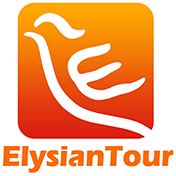Hongcun Village
Listed as a UNESCO World Heritage Site along with Xidi Village, Hongcun Village is famed as the Countryside in Chinese Ink Paintings because of the finely reserved Anhui-style folk residences. Established in 1131 AD of Song Dynasty, Hongcun Village retains more than 140 Ming-Qing residential buildings linked by a sophisticated network of waterways arrayed in shape of an ox. Located about 11km from Yixian County and 70km from Huangshan City, Hongcun Village is not only an extra bonus to the Yellow Mountain, but also a laid-back escape for photographers and painters.
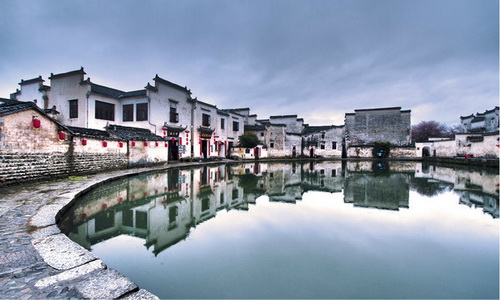
First built in Song Dynasty (1127-1279), Hongcun Village has been Wang clan's settlement blessed with an honorable history of about 800 years. Fleeing from a fire, the ancestors of Wang family moved to this place to start their new life. Following the direction of a renowned Feng Shui geomancer, the local heads constructed the village with a unique layout of a giant ox, with Leigang Hill as the head, two ancient trees as the horns, four bridges as the legs and the residence clusters as the belly. The entire pattern of Hongcun Village demonstrates a standout example of Feng Shui philosophy applied in ancient China architectures.
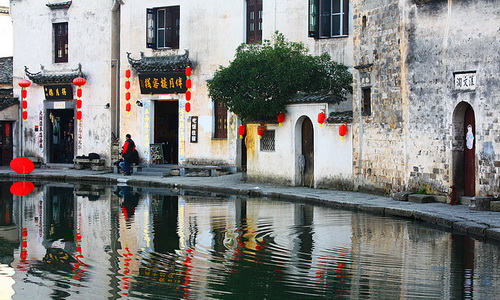
As an unparalleled waterfront village, Hongcun stands out attributed to its well-developed water system. For fire prevention, water plays an essential role in the design of the village. The villagers brought water from the river in the west into the village, and dug out a one-meter-wide water channel meandering through nearly every household for easier water supply, which is still functioning nowadays. The waterways form a half-moon pond in the middle of the village and create a crescent lake in the south, which together highlight the soul of the landscape of Hongcun.
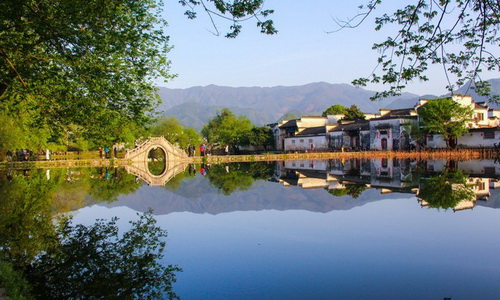
- Moon Pond
- South Lake
Perched at the heart of Hongcun Village, the Moon Pond is like a flawless jade inlaid in the time-weathered folk houses. Shadowed by the white walls and grey titles, the pond unveils the most serene and tranquil side of Hongcun. The pond is utterly gorgeous when bathed in the dim moonlight and the lit-up lanterns.
Lying in the south of Hongcun Village, the lake embraces an arch bay run through by elegant stone bridges spanning over and causeways stretching far. The early morning mist and summer lotus always bring natural charms to the peaceful lake, while rows upon rows of residential buildings by the waterfront light up the lake with more colors.
The ancient residential buildings in Hongcun are the best examples of Anhui-style architecture. There are about 140 well-preserved folk dwellings dating back to Ming and Qing dynasties (1368 - 1912). The local residences, ancestral temples and memorial archways are essential sights to behold.
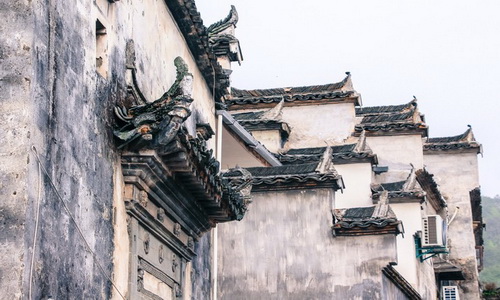
Distinctive Features
- White walls and black tiles are the most distinctive features of Hui-style folk houses, which look primitive, graceful and harmonious with a perfect match with nature.
- The horse-head wall is another highlight of the architecture in Hongcun. Not only for decorative design, the walls and roofs also function as fire prevention barrier as the houses are closely neighbored.
- High walls and small windows were built as an anti-theft system in the past when men went out for business far away from home and women were left in the household. Senior members of a family usually took the room on the ground floor, while young ladies lived on the second floor.
- Because of the high walls, nearly every Anhui-style courtyard is designed with a rectangular patio for daylight and rainwater drainage.
Highlights to Visit
- Chengzhi Hall (Chengzhi Tang)
- South Lake Academy (Nanhu Shuyuan)
- Ancestral Temple of Wang Clan (Wangshi Zongci)
- Utopian Residency (Tao Yuan Ju)
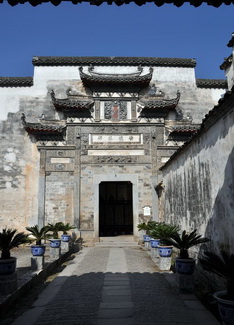
Built in 1855, Chengzhi Hall is the largest and most prestigious courtyard of Hongcun owned by a salt merchant in late Qing Dynasty. Covering an area of 2,100 square meters, the courtyard fully displays the ornateness and elegancy of the traditional Anhui-style architectures.
Nanhu Academy used to be an old-style private school in Hongcun, which got its name because of sitting by the side of the enchanting South Lake. Full of literary ambience, the academy unveils what Chinese ancient school was like.
Wang was the biggest clan, so their ancestral temple occupied the best heart location in Hongcun regarding to Chinese Feng Shui theory. It is typical Hui-styled architectures with high walls and broad doorways to reveal its prominent position in the entire Wang clan.
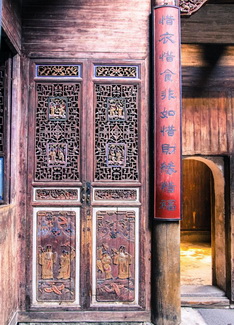
Not as large as other folk residences, Utopian Residency is famed for its fabulous and vivid brick and wood carvings of various animals, birds and flowers, which could be found on crossbeams, screen walls, doors, and window pillars.
There are direct buses leading to Hongcun Village from Yixian Bus Station, Huangshan City General Bus Station and Tangkou Bus Exchange Center (south entrance of Yellow Mountain).
A taxi ride may cost CNY200 from Huangshan downtown and CNY100 from Yellow Mountain.

